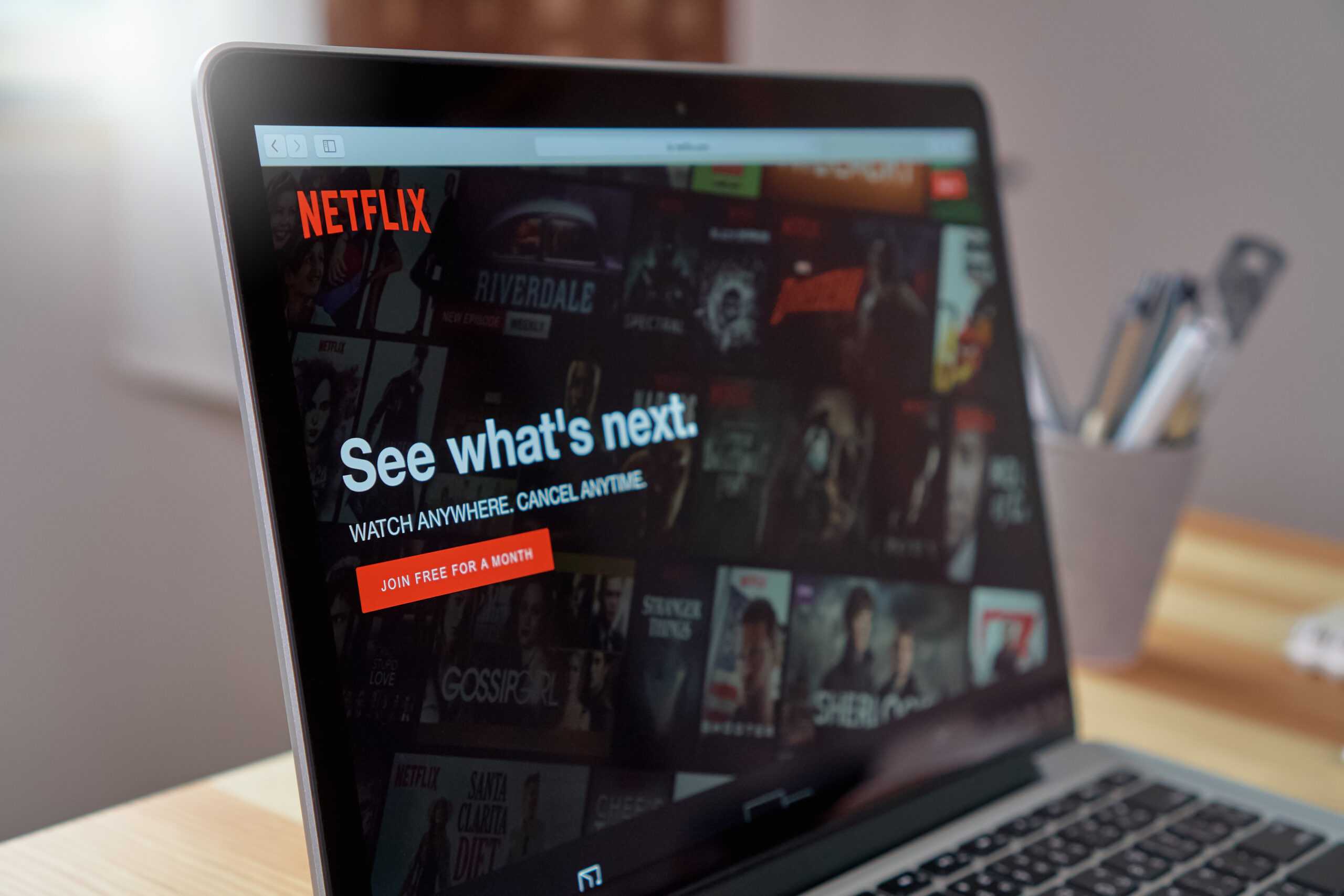In August of this year, Netflix will be celebrating its 25th anniversary. The former DVD mailing service successfully navigated the transition to streaming in 2007 as digital video took hold, but with competition in streaming fiercer than ever before, Netflix faces new challenges and uncertainties. The company was rocked with its first serious subscriber loss in Q1, as it reported a loss of 200,000 members and has seen its stock plummet 40% during 2022. Netflix still has a robust 222 million subscribers worldwide, but there was a COVID-related boost to streaming that may have clouded the full picture.
In a letter to shareholders, Netflix management acknowledged that its revenue growth had “slowed considerably,” and the company also made it clear that it had been impacted by “traditional entertainment companies [who] realized streaming is the future,” which led to a more crowded landscape with the addition of services like Disney+, HBO Max, Paramount+, and others.
Password sharing among households has also been problematic. Netflix believes it’s suffering because an estimated 100 million accounts are sharing passwords. The company began cracking down on this in March by introducing an “add an extra member” feature, which lets people “easily and securely” share their password with people outside of their house for an additional fee. More effective monetization of multi-household accounts is something that Netflix believes can help to mitigate its sliding revenues.
This isn’t just a Netflix problem, however. According to data from Interpret’s VideoWatch, 18% of all US subscribers to cable or streaming services report using another household’s password and 18% report sharing a password with another household. Another 9% of consumers indicate that they split the cost of a single subscription service and then share that service’s password with other households.
The fall in subscribers directly affects Netflix’s bottom line, and bumping up prices may not be a viable option. Price hikes prompt customers to reconsider the perceived value and use of a service, exacerbating subscriber losses. Netflix’s ace in the hole may be that it’s finally looking at an ad-based tier as an opportunity. Given that 48% of Netflix subscribers watch ad-supported content from other streaming providers, Interpret believes that an ad-based version of Netflix could be a winner.







